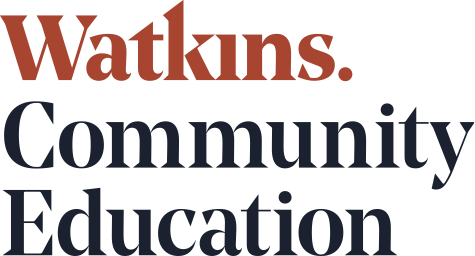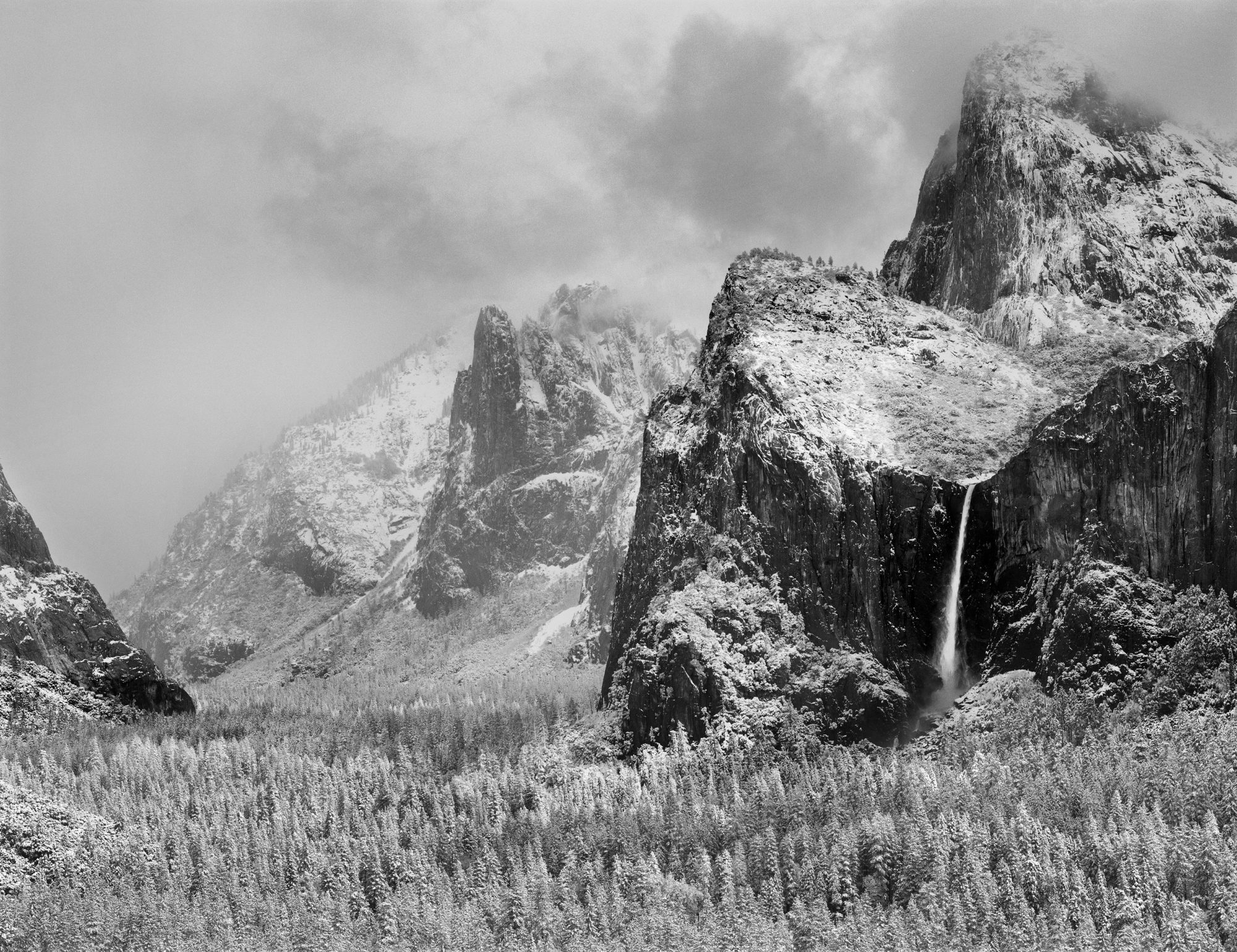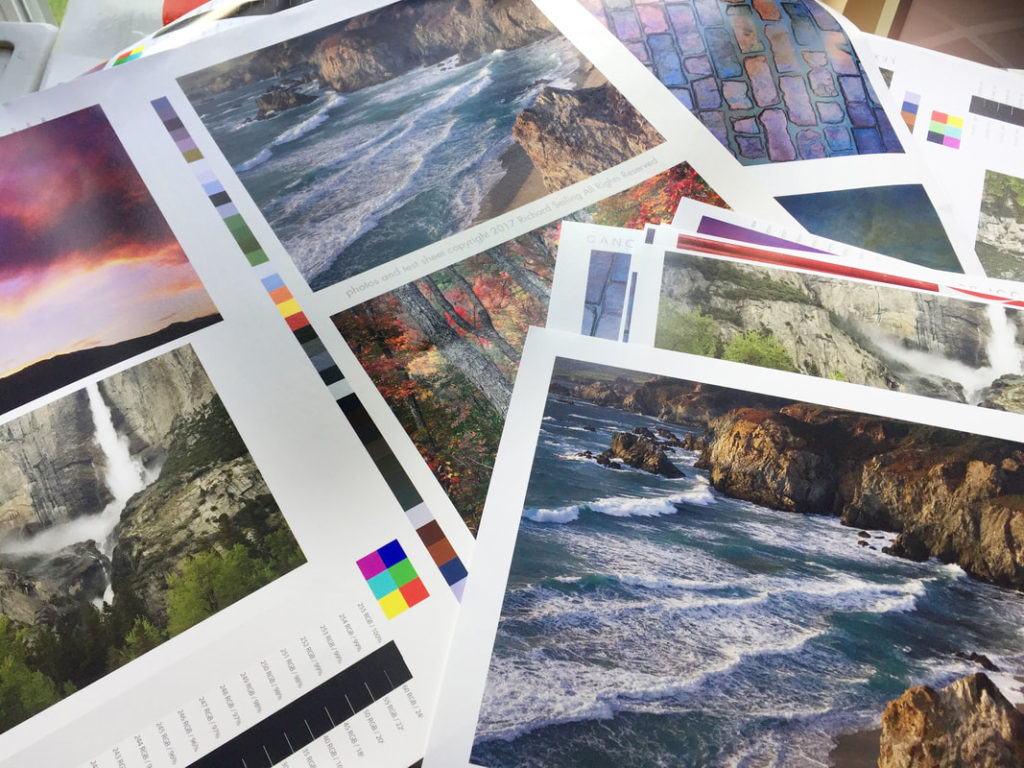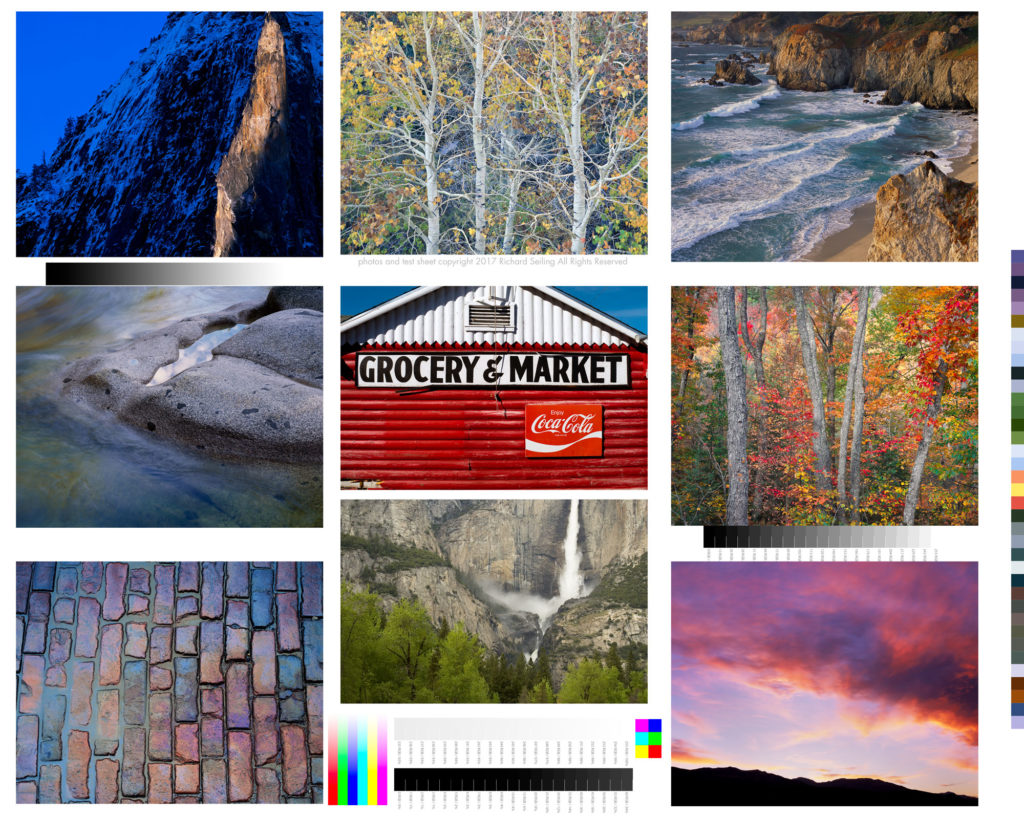
Hands on learning is of incredible value to improving your printmaking skills, so I’m excited that Watkins College of Art is having me teach a one day workshop on July 13th.
The format of this workshop is very simple. I’ll look at your photographs, suggest changes, and then you can work through those changes with my help and immediately make new prints for further evaluation in the excellent computer/print lab at Watkins.
This rapid feedback loop allows leaps of knowledge and understanding to happen quickly. I’ve seen students make incredible strides in short periods of time with this process, and I know it can be of huge benefit.
This is not a step by step teaching class for an imaging editing program. It assumes you have some level of comfort and familiarity with an image editing program and with making prints. You don’t need to me a expert, that’s the whole point, but you need to know where the gas, brakes, and turn signals are, so to speak.
You can bring your own computer with your imaging editing program, or use one of their macs with Photoshop or Lightroom. I don’t care what software you use, as the goal of achieving good contrast, density, and color are universal to all photographs.
One requirement for this class is a ten print portfolio and corresponding edited and un-edited files. Don’t be intimidated by this…I’m not looking for anything fancy. Just ten 8×10 or 8.5×11 prints of photos that you think represent your work. The goal is that you’ve already printed them once, and that we can look at them immediately and jump in to learning. For students who register early enough, I’m going to try and evaluate these before the workshop so that we can get the most out of that one day.
Registration for this class starts April 1 on the Watkins Community Education website.
The workshop runs from 10am to 4pm and the cost is $110.
If you have any questions about this workshop and if it is right for you, please email me at rich@richseiling.com.



